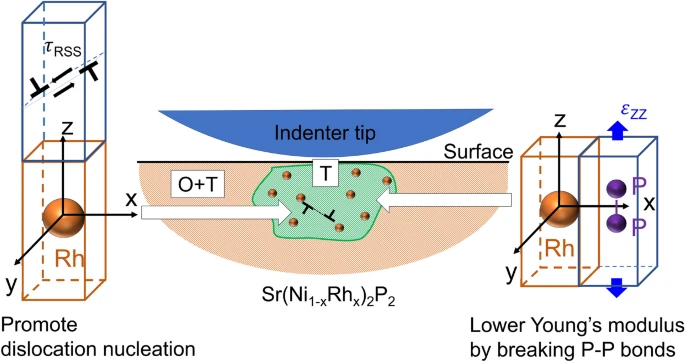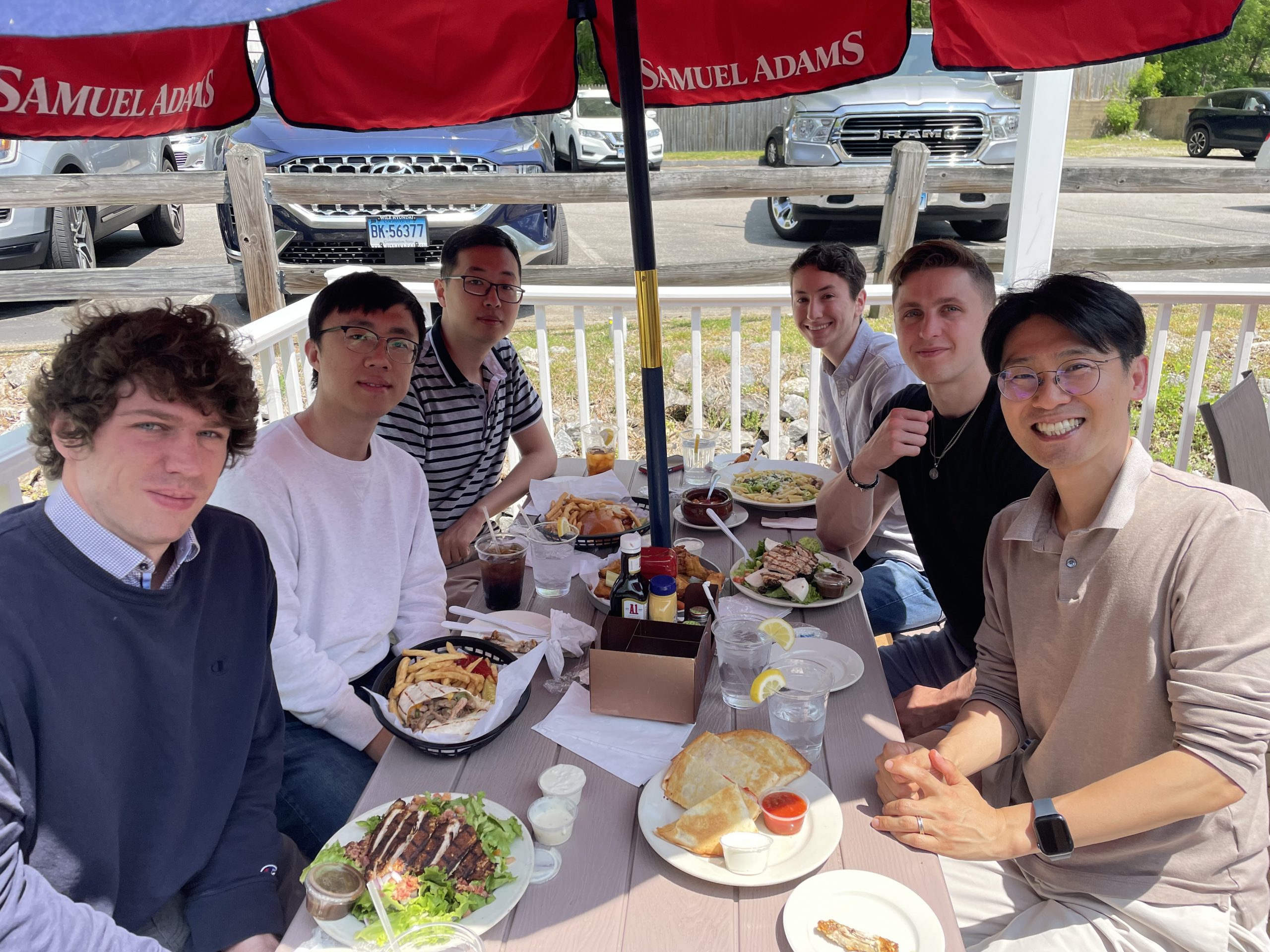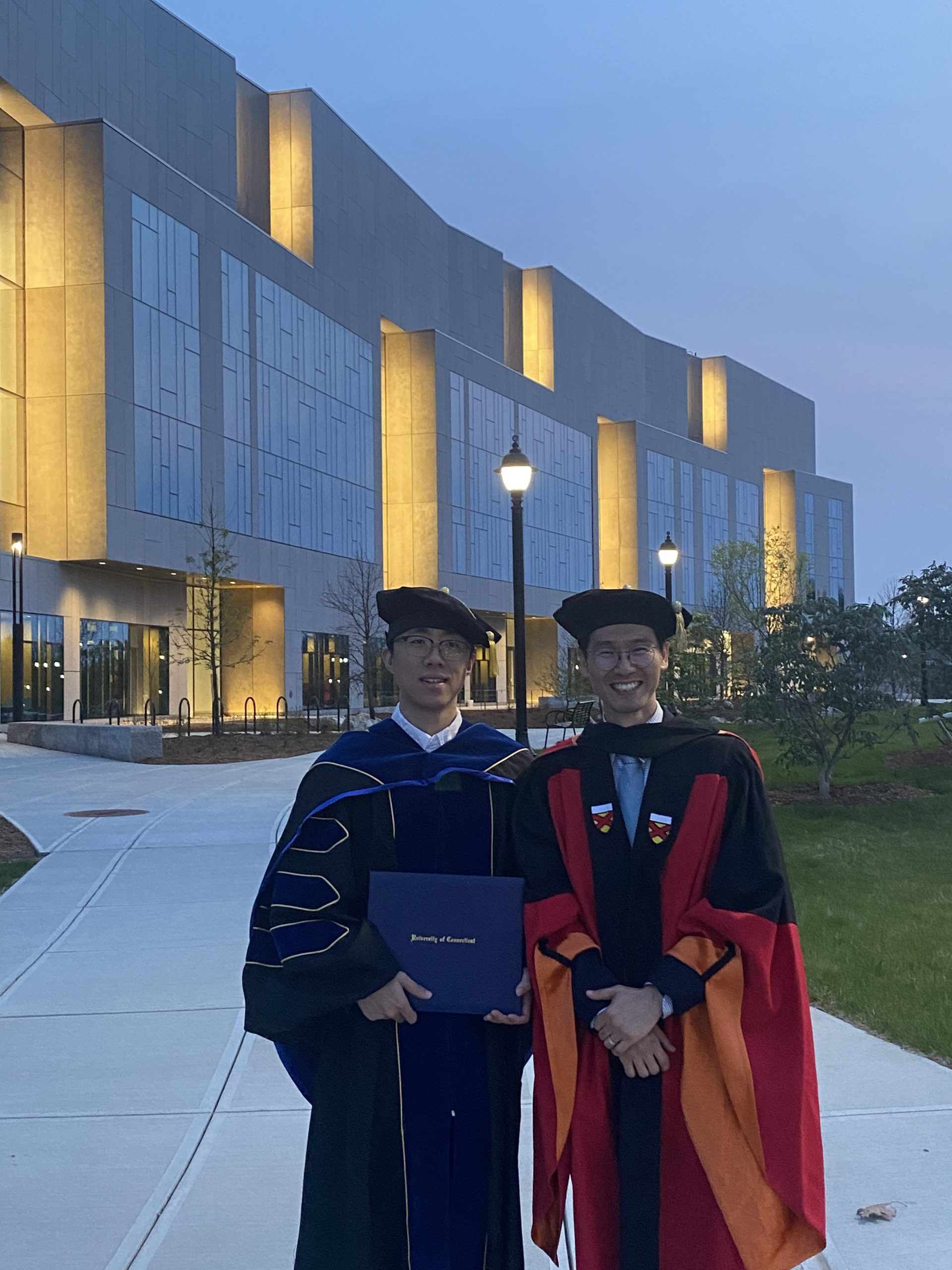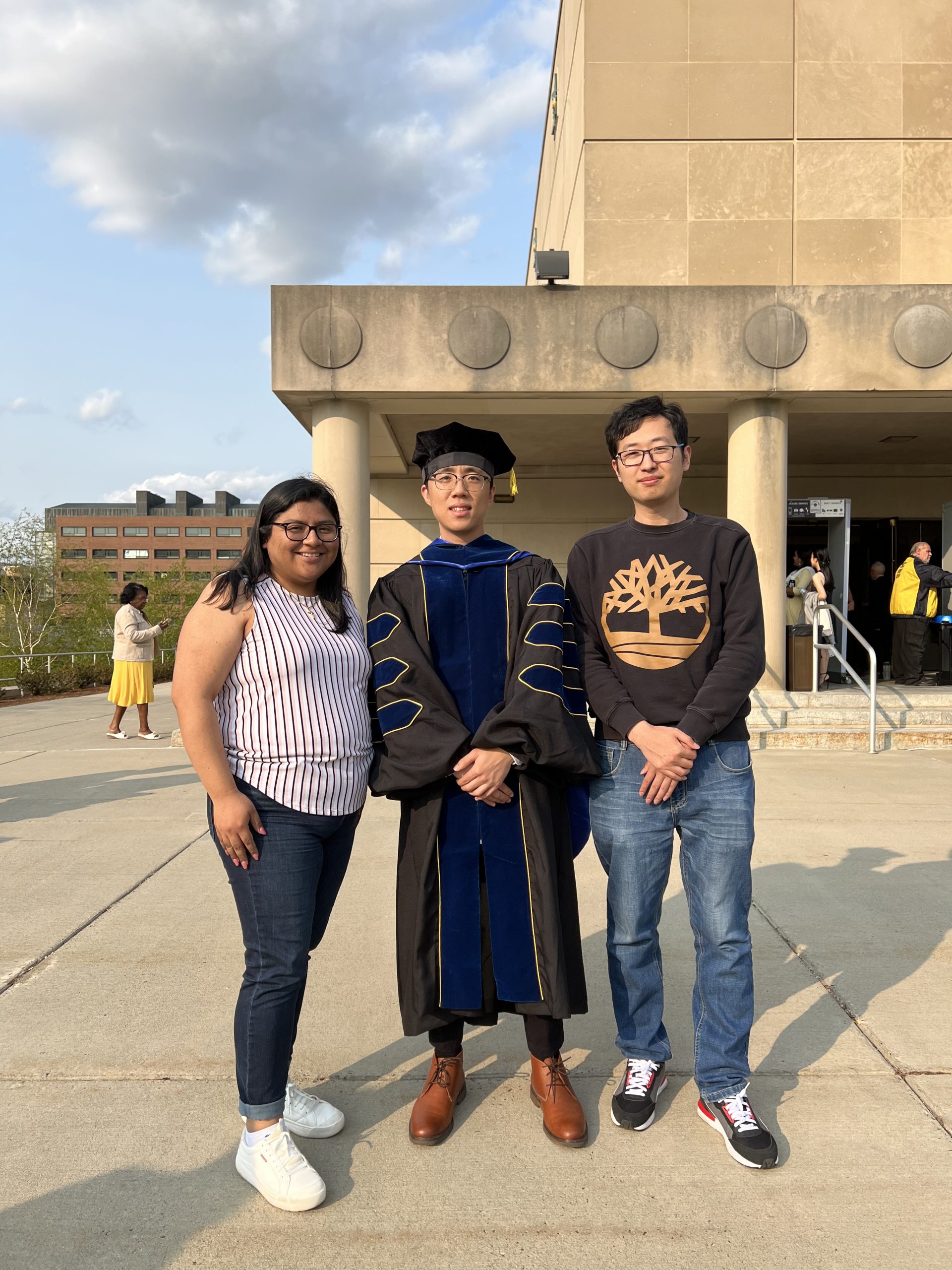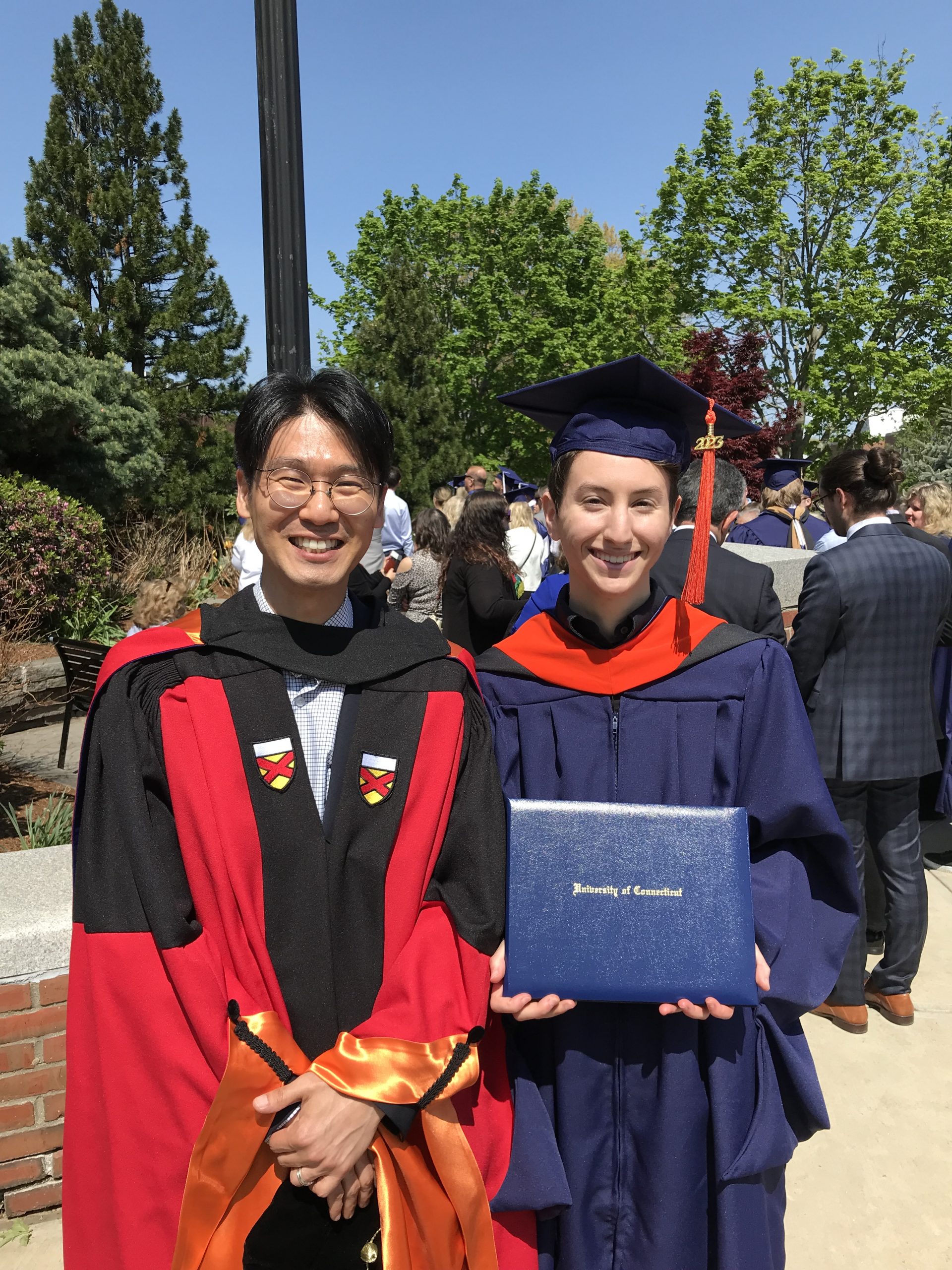Tyler’s paper was published at Cell Reports Physical Science! Many Congratulations!
Aaron N. Michelson, Tyler J. Flanagan, Seok-Woo Lee*, Oleg Gang*, “Light-weight and high strength silica nanolattices templated from DNA origami,” Cell Reports Physical Science (2023) [PDF][web] – DOI:https://doi.org/10.1016/j.xcrp.2023.101475
Abstract: Continuous nanolattices are an emerging class of mechanical metamaterials that are highly attractive due to their superior strength-to-weight ratios, which originate from their spatial architectures and nanoscale-sized elements possessing near-theoretical strength. Rational design of frameworks remains challenging below 50 nm because of limited methods to arrange small elements into complex architectures. Here, we fabricate silica frameworks with ∼4- to 20-nm-thick elements using self-assembly and silica templating of DNA origami nanolattices and perform in situ micro-compression testing to examine the mechanical properties. We observe strong effects of lattice dimensions on yield strength and failure mode. Silica nanolattices are found to exhibit yield strengths higher than those of any known engineering materials with similar mass density. The robust coordination of the nanothin and strong silica elements leads to the combination of lightweight and high-strength framework materials offering an effective strategy for the fabrication of nanoarchitected materials with superior mechanical properties.

